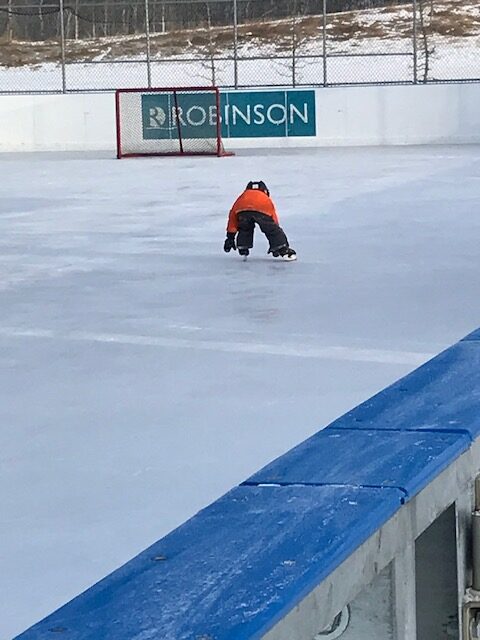If that sounds insane, it really isn’t. Millions of Canadians have it – they just don’t know it!
Numerous surveys over the past few years show that one quarter of Canadians are cashing in some of their RRSPs before retirement. That’s more than 1.8 million people. Say it ain’t so as the old expression goes.
Two of the most common reasons for you to consider cashing in all or part of a retirement plan are to purchase a home or to pay off debts. Let’s assume you want to cash in $5,000 to pay off a credit card. The first thing you pay is a 10% penalty right off the top. So you’re actually getting $4,500. Then this amount is taxed, as if you made that money as income. In a 30% tax bracket, that’s another $1,350. So the bottom line is that the $5,000 you cashed in is really only $3,150 of net money going on your credit card. Sure, it’ll save you 20% interest on the card, but that’s not the whole story.
That money is no longer growing in your RRSP (or your Tax Free Savings Account). At a 10% return, that $5,000 would have doubled every seven years. If you’re in your 30s, you’re now missing around $160,000 at retirement. If you’re in your 50s, that $5,000 still would have doubled three more times, which is $40,000 now gone.
While you’ve now been able to pay just over $3,000 on your credit card, it likely didn’t pay off the balance. That’s bad enough with what it’s cost you in foregone investment income. Now to make things worse, the majority of people keep using that credit card again! Odds are, you’re in the majority where you’ll be back to an average $7,000 balance within two years.
That puts you back to paying 20% on your card while you’re out at least $40,000 in savings for the next 20 years. The bottom line: Your credit card is then costing you more than 48% interest. While you were hoping to make things better – they got worse – a lot worse.
On the plus side, how would you like a zero risk 28% return on your money? It’s easy: Just pay off your credit card. The 20% interest rate you pay is with after-tax money. So the real rate is over 28% if you carry a balance. That’s the biggest reason trying to save at the same time you’re trying to become debt free doesn’t work!



